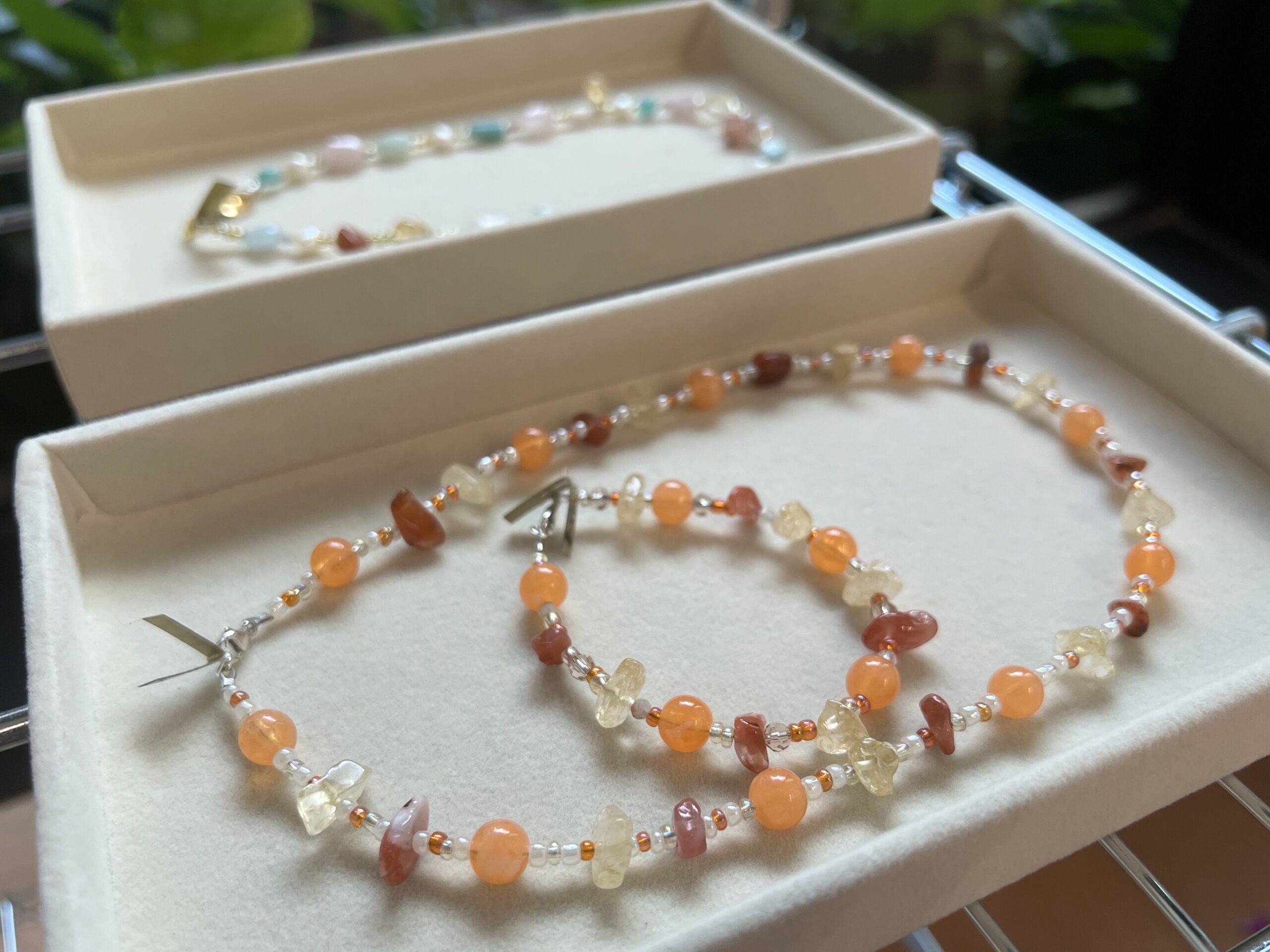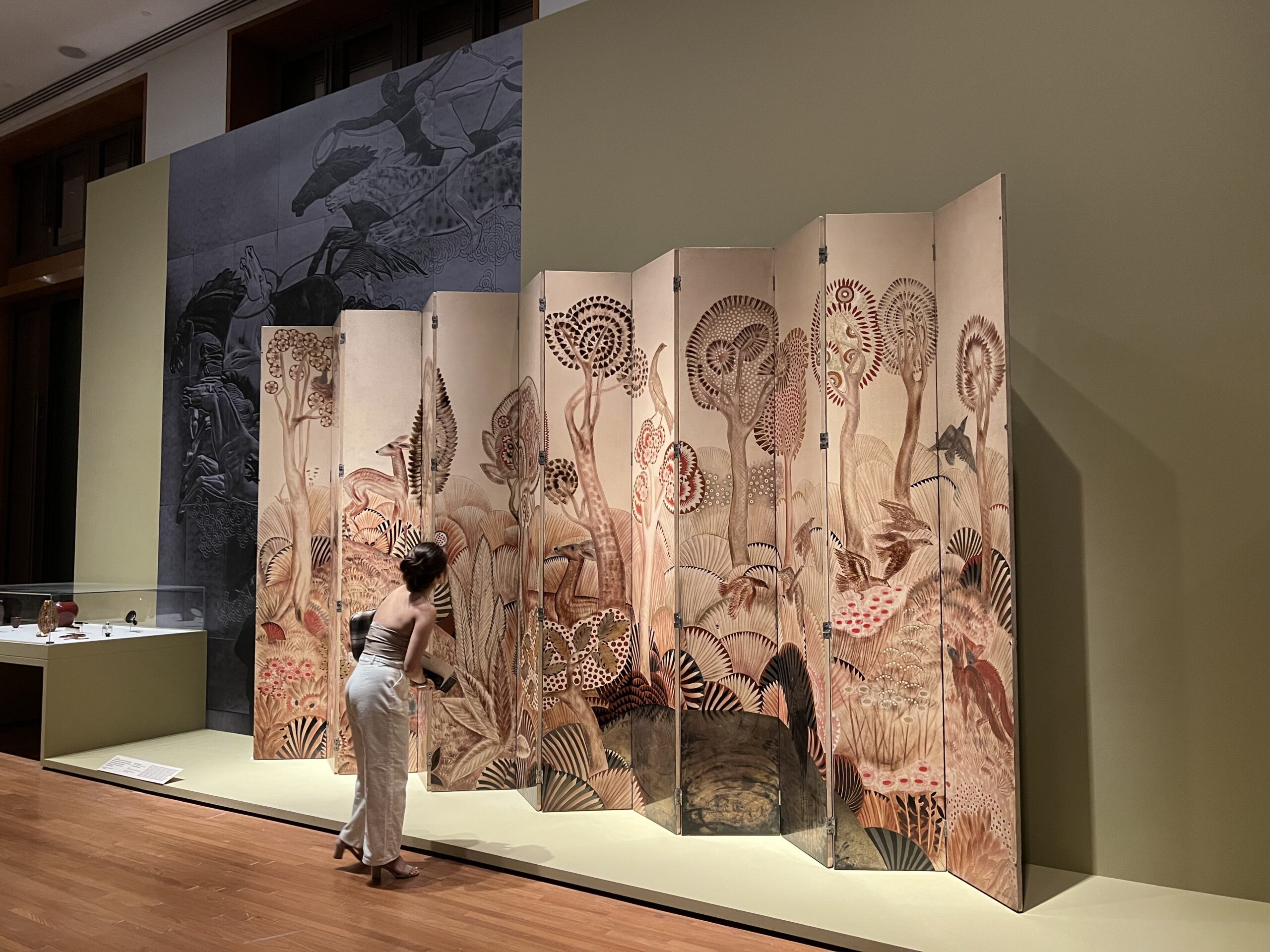The cooking class programme starts off with a visit to Ubud market where we get to learn about the various common spices and ingredients used in Balinese cooking.
That’s Chef Ketut Budi. A cheery happy-go-lucky chef who learnt the art of Balinese cooking from his mother. He gained several cooking experiences of other types of cuisines while working in hotels as well.
Chef Ketut speaks really good English though he claims that he is still needs to improve and work on speaking better English. In fact, most of the Balinese here could speak some English which they’ve picked up over the years in school and from tourists.
Chef Ketut said that the mortar and pestle is their so-called ‘ Balinese food processor’.
Next, the driver drove us to Laplapan village, about 3km north of Ubud area. Laplapan village is also where Chef Ketut lives and works at. His cooking classes are held in his home compound.
While Chef Ketut was explaining about the irrigation systems and rice cultivation, I got carried away by the lush greenery of the rice paddy fields and went around snapping photographs. How could one not get blown away from the beautiful terraced ricefields?
It’s now the wet season in Ubud, Bali. Looking at the dark menacing sky, I was afraid that it might rain again. It’s been raining almost everyday here while I was travelling in Bali.
Traditional Balinese home compound comprises of the main entrance (Angkul-angkul), kitchen (Pawon), bedroom (located on the west side) and Bale Dangin where ceremonies are usually held.
Here we learnt how to make Balinese offerings for the gods – Canang Sari which is like a mini basket of flowers. In Bahasa Indonesia, “Canang” means tray while “Sari” means essence. These offerings were made everyday and in the mornings, the Balinese people would place them by their entrances of their home compounds or shops.
Bali, unlike other provinces in Indonesia, practises and follows Hinduism. Majority of the Balinese people are Hindus which also explains why Balinese people are able to eat pork. Since they have a different religion from the other Indonesians who are largely muslims, the Balinese people, in my opinion, lead a very different lifestyle from the other Indonesians.
Each of us was given a cold lemongrass tea and a refreshing towel.
To make the Canang sari, the Balinese often use coconut leaves and fold it into a box, secured by toothpicks as shown above.

My very own Canang sari which I’ve made.
But Chef Ketut’s grandmother helped me to rearrange to the flowers and add in even more flowers to spruce it up.
With Granny’s help, the canang sari looks more ‘balinese’ now.
The hands-on experience of making the Canang Sari.
It started the rain by the time we’ve finished making the Canang Sari. Chef Ketut led us to another small hut within his home compound and showed us how coconut oil is made. First, they would grate the coconut flesh and strain it to extract the coconut milk. With the coconut milk, heat it until the coconut milk separates into two layers where the coconut oil, with a lower density,would float on top. The coconut oil sitting at the top layer is then extracted and it used for cooking. The coconut oil is also very nourishing for the hair and skin!
After the brief demostration on the making of coconut oil, we walked over to the dining area where we sat down for some coffee/tea/hot cocoa and banana fritters. While we enjoyed our hot beverage with banana fritters, Chef Ketut and his staff were busy preparing the ingredients and utensils used later during the cooking class.
Lush greenery. What a lovely day to dine outdoors!
Goren Pisang or Banana fritters.
Kitchen Area.
All of us has an individual chopping board and a thick set of printed recipes.
They have got a vegetarian or non-vegetarian menu which you can choose from. And if you don’t eat seafood or certain types of meat, you can inform Chef Ketut and he will kindly substitute it with something else.
While preparing the base Gede, we also made the Balinese spicy tomato sauce called Sambel Tomat Lalah. Since everyone love the tingling and spicy sensation on their tongues, Chef Ketut decided to add more chili. This sambel paste is spicy and sourish at the same time. Love it!
It’s a lot of hardwork using our hands to mesh the food up. We were only lucky that the staff at Payuk Bali had assisted us in mashing and grinding the paste.
Thankful for the staff at Payuk Bali who helped us washed the dishes and clean up our area. This is so unlike in Singapore, where I had to wash all the utensils during a baking class!
Beautiful garden in the backyard.
Slicing the carrots into a shape of the temple.
Mincing the tuna meat to make Sate lilit.
It tasted totally different from the satay sold in Singapore. It tasted more like fish balls but it’s delicious!
Ayam Bumbu Bali
( Balinese Fried Chicken)
Kolak Pisang
For lunch, we get to eat our own cooked food. Well, but I have to admit that 50 percent of the cooking and preparation were done by the staff at Payuk Bali.
The session ended around 1.30pm.
To sign up for Payuk Bali classes, visit their website to register!
http://www.payukbali.com/
Free transport within Ubud is provided.





























































